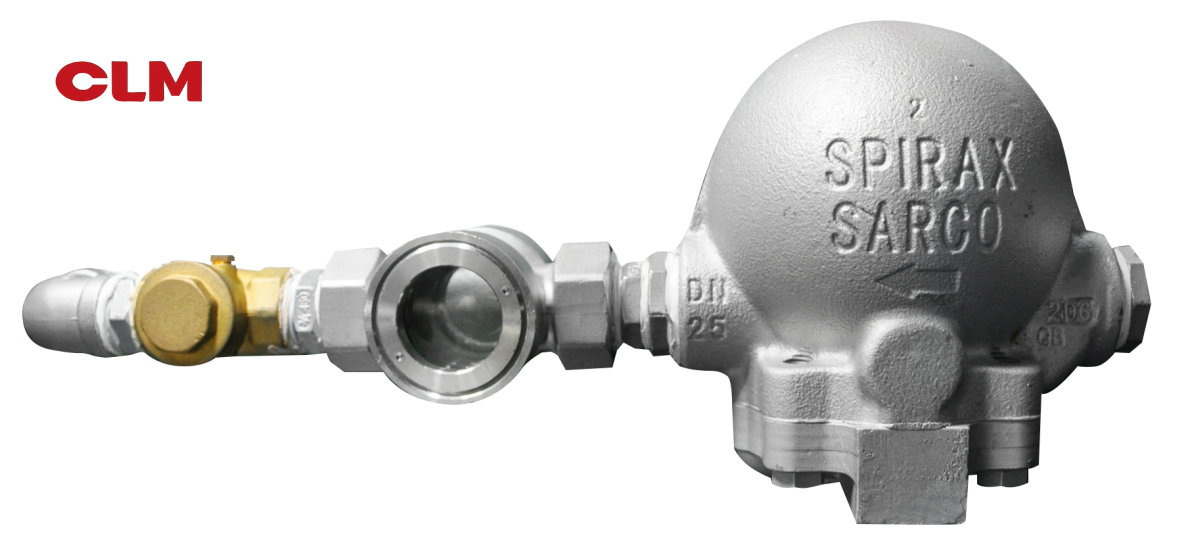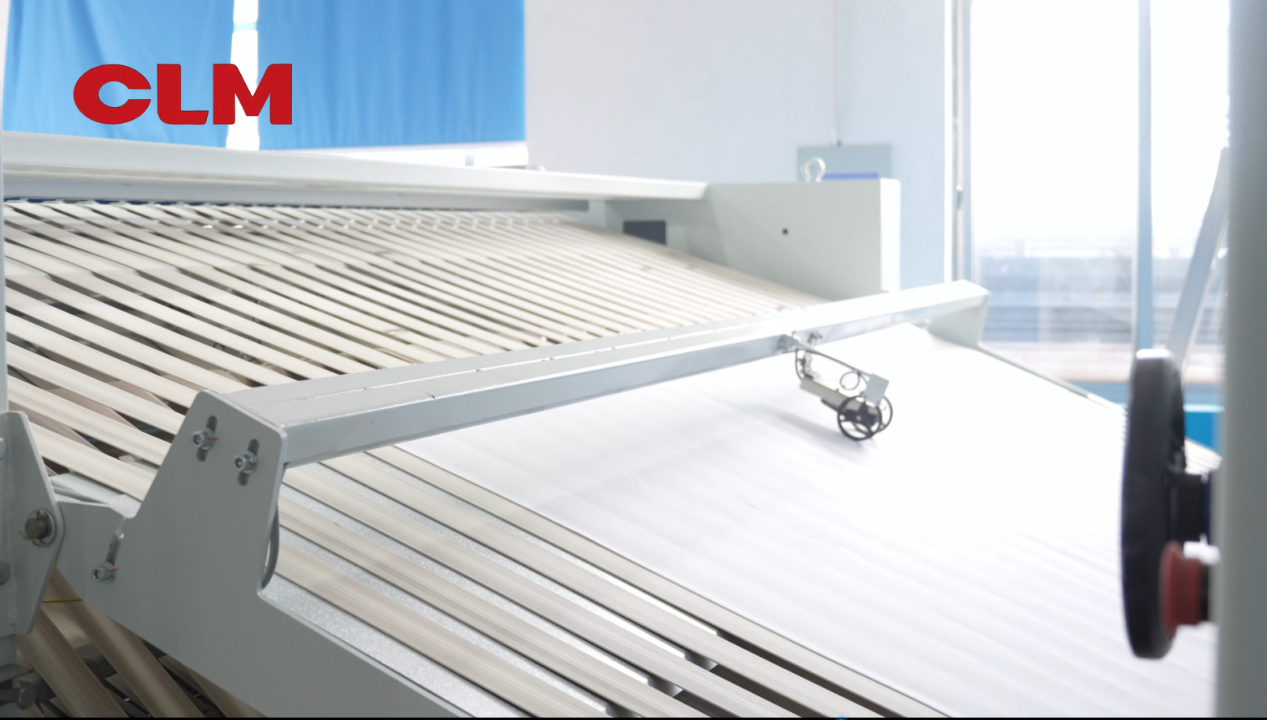In the linen laundry industry, the ironer, as the key post-finishing equipment, has direct relations to the quality of linen and operating costs. Steam trap, as the core component of the ironer’s steam system, has a profound impact on the ironing process. In this article, we will deeply analyze the importance of steam traps from a professional perspective and propose corresponding optimization measures, aiming to provide practical references for linen laundry industry practitioners.
Improve Steam Thermal Efficiency
❑ Timely drainage of condensate
Good steam traps can precisely and quickly drain the condensed water. During the working process of the ironer. The steam faces the cold zone in the ironing zone and forms condensate. If it can not be drained in a timely, the condensate will occupy the steam channels and hinder the rapid arrival of fresh steam. This not only causes the ironing area to heat up slowly and prolong the preheating time but also leads to a large amount of steam being wasted in the useless heating process, significantly increasing energy consumption. The high-quality steam trap can ensure the continuous and stable supply of steam to the ironing zone, making full use of the steam’s heat and improving the steam’s thermal efficiency.
❑ Stable pressure and consistent temperature
The steam trap with sight glasses can effectively avoid steam leakage. In the steam system, the stability of pressure is important to the ironing effect. If there is a leakage in the steam trap, the steam pressure will drop increasingly, leading to the fluctuation of the temperature in the ironing zone. This inconsistent temperature will cause differences in the ironing effect of the linen in different areas, affecting the overall quality of the linen. However, a good steam trap can precisely control the drainage of the condensate, maintain the sealing of the steam system, and ensure stable pressure, thereby maintaining the consistency of temperature in the ironing area and providing a strong guarantee for high-quality ironing results.
Ensure Ironing Quality
❑ Avoid partial low-temperature
When the condensate stays in the ironing area, low-temperature points will form in partial zones. These low-temperature points will lead to quality problems like wrinkles and wet spots. Especially for the treatment of high-end linen or linen which requires high ironing quality, these points will severely damage the appearance and the user experience of the linen. Good steam traps can timely discharge condensed water, prevent the occurrence of such local low-temperature phenomena, ensuring that the linen is heated evenly during the ironing process, thereby effectively improving the ironing quality.
❑ Reduce the water hammer phenomenon
Water hammer is one of the common problems in the steam system of ironing machines. It refers to the formation of a high-pressure water hammer by condensate water under the impact of high-speed steam, causing a strong impact on equipment.
Extend the Service Life of Equipment
❑ Prohibit Erosion of Condensate
Condensed water is erosive. If it remains inside pipelines and equipment for a long time, it will cause corrosion to the pipeline and equipment components. This kind of corrosion can lead to thinning, damage, and even leakage of pipelines. The steam trap can timely drain the condensate to reduce the staying time of the condensate in systems so as to reduce the erosion risk extend the service life of the equipment, and reduce the maintenance and replacement costs caused by equipment damage.
❑ Reduce the failure rate
The malfunction of the steam trap is one of the common causes of faults in the ironers. When problems such as blockage or leakage occur in the steam trap, it will cause the steam system to fail to operate normally, which in turn makes the ironer unable to work properly and leads to a shutdown. The frequent shutdown not only affects the working efficiency but also increases the wear and tear of the equipment. By virtue of choosing high-quality steam traps and making reasonable maintenance, the failure rate can be effectively reduced. It makes sure that the ironer can continuously and stably operate so as to enhance productivity and reduce the additional costs caused by maintenance.
Optimize the Operating Costs
❑ Reduce waste of steam
Failed steam traps often discharge a large amount of steam simultaneously during the drainage process, resulting in a serious waste of energy. According to the data, the failed steam trap can cause 5% to 15% steam waste. For the hotel linen laundry industry, it’s a large energy expenditure. Switching to energy-saving steam straps can effectively reduce the waste of steam and reduce energy consumption so as to save giant energy resource costs for the enterprise in the long run.
❑ Condensate water recycling and utilization
Part of the advanced steam traps have recycling and utilization functions. The condensate itself has much heat. By recycling condensate, this part of heat can be reused in sessions like washing and warm-up, improving the use ratio of the heat. At the same time, the recycling of condensate can reduce the need for fresh water and reduce water treatment costs, bringing obvious financial benefits and environmental benefits.
Post time: Jun-10-2025



